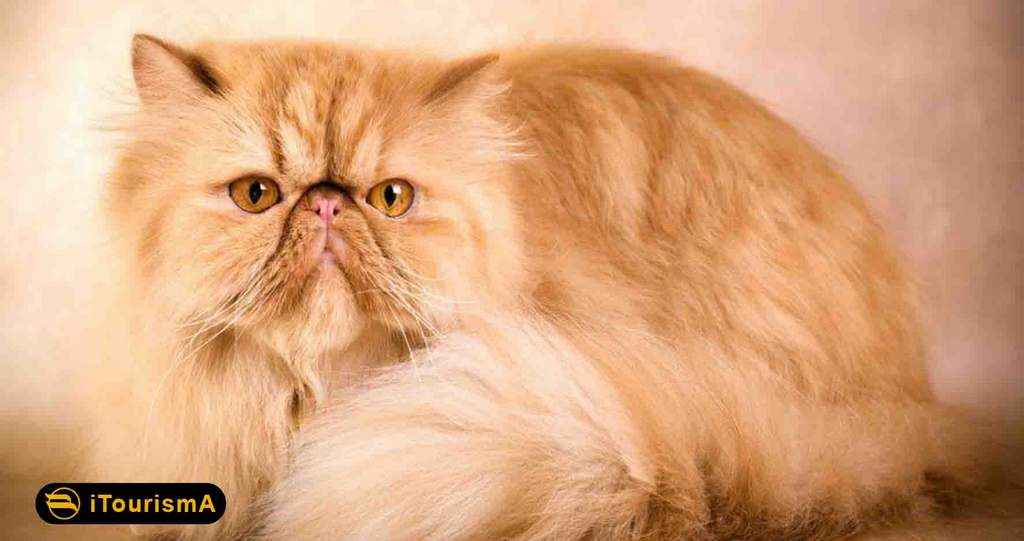Persian leopard
The Persian leopard is the last remaining Panthera species in Iran after the extinction of the Asiatic lion Panthera leo persica and the Caspian tiger Panthera tigris virgata. The leopard has therefore a unique importance for the ecological health of wide areas of natural ecosystems in the country and for the cultural heritage of Iran. The Persian leopard has been widely distributed in West, South and Central Asia since the times of the Pleistocene, but became extinct in some areas. Iran’s mountainous north is home to the greatest concentration of Persian leopards left on earth. Larger than their African cousins, Persian leopards once roamed far into the Caucasus Mountains in central Asia, including parts of Armenia, Azerbaijan and Georgia. Now, only scattered populations of these big cats remain in those countries, often in isolated patches far removed from others of their kind. Iran is leopards’ best chance for survival. Expanding villages, encroaching livestock and busy highways destroy habitat and create hazards for such a wide-ranging predator. In recent years, a new indirect threat has emerged as well: economic sanctions.

Although Iran has an impressive number of parks and protected areas, herders sometimes graze their livestock in prohibited zones. When leopards occasionally kill vulnerable cows or sheep, the herders poison the carcasses to get rid of the offending predator. Cubs are born with their eyes closed, eventually opening after 4-5 days. Their fur is thicker than that of adult Persian leopards. Weaning occurs at 3 months, by which time they start following their mothers on hunting trips. They make it out of their juvenile year only around 50% of the time, as out of a litter of four, only two reach adulthood. Being obligate carnivores, they eat ungulates like roe deer, goitered gazelle, West Caucasian tur, mouflon, wild boar, and onager. However, they can adapt to changes in their diet, depending on food availability. They spend a solitary life, except during the mating season and when a female is raising her cubs. Individuals have well-pronounced territories marked by ground scraping, tree scratching, and urine spraying. These leopards roar and growl threateningly, a trait that they share with tigers, lions and jaguars. It is because a part of their voice box, is actually replaced with a ligament, enabling them to stretch it to have a bigger sound passage, resulting in a wider pitch range.





